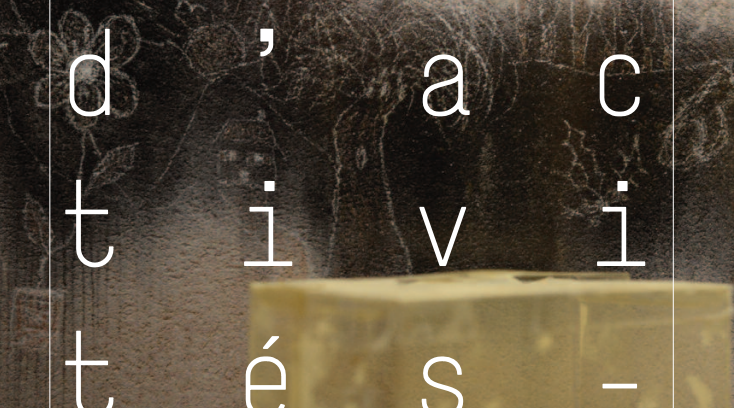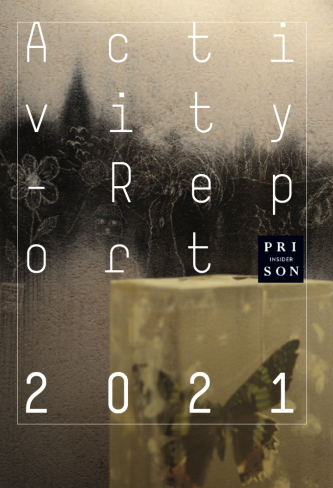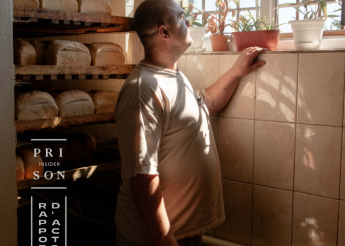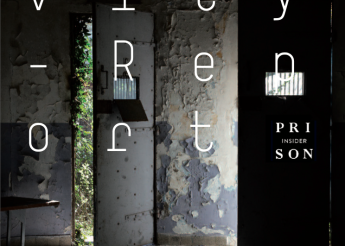The dark clouds of the pandemic are beginning to clear. One by one, the restrictions are falling away and a wind of normality is picking up. It brings a dream of freedom, the hope for a return to the good old days. And yet, few signals are green. For incarcerated people, the confinement is permanent. Some are still waiting to be transferred or have not seen their loved ones for two years. What happens now?
The decrease in prison population that was observed at the height of the pandemic has not been confirmed. Worse still, the figures are back on the rise. Media interest in the plight of prisoners has fallen away, following a flare of attention. The public wishes to forget the deprivations, and to relegate them to the past. How, then, can we continue to talk about prison? It might seem a thankless task at a time when everybody longs for freedom… A paradox.
Since its creation, Prison Insider has been committed to documenting the prison conditions of all incarcerated people. Where there is a strong temptation to focus on political prisoners and prisoners of conscience, those who naturally arouse sympathy, we say that no such hierarchy exists, and that human rights are not divisible. We refuse to isolate a chosen few from among the excluded. We must question, too, the way societies function: the criminalisation of incivility and of marginality augments the existing over-representation of poor people in prison. We cannot risk making citizenship conditional on docility, nor eroding equality before the law.
Everywhere it is needed, Prison Insider consolidates its groundwork: various publications, updates, new IT developments, the creation of the Prison Life Index, and more. These are the substances that give proof of our attention to the situation of incarcerated people, wherever they may be. We will explain it all in this report.




